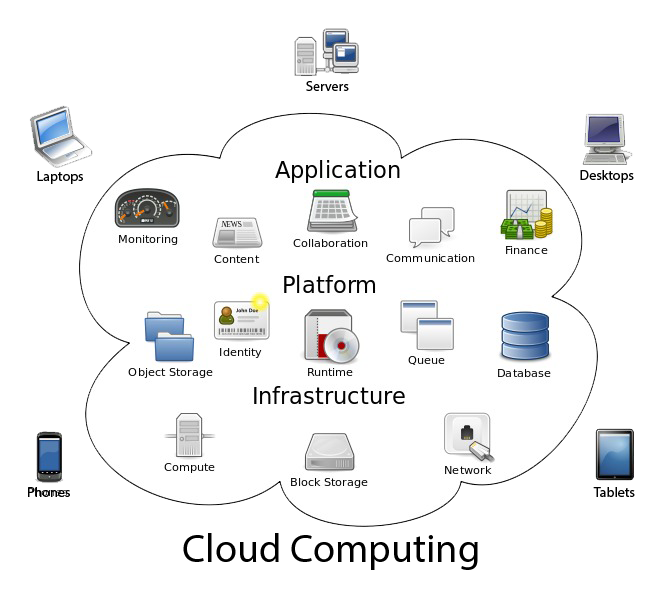
Cloud storage features
- Pay for what you use only.
- Easily share files across multiple media
- Reduce data maintenance costs, such as backup and data maintenance.
- Easy file and data management across applications available on many systems including phones
- High flexibility in space You can increase or reduce space without having to purchase new hard drives.
- Companies do not need to buy new devices - a new hard drive, for example - which reduces the size of their IT department.
- Companies do not need to buy new hardware - a new hard drive, for example - reducing the size of their IT department.
- Reduce data maintenance costs, such as backup.
- High flexibility in space where you can increase or decrease storage space without having to buy new hard drives.
- Cloud computing allows you to access all your applications and services from anywhere and at any time via the Internet, because the information is not stored on your hard disk, but on the server servers provided for service.
Using cloud storage in education:
- Giving lectures or classes remotely, on the virtual cloud (which may be in the form of a website or application on smart devices) and are available and stored for viewing and browsing away from time or space barriers.
- Share the curriculum or part of it through the cloud sharing tools provided by the cloud.
- Creating bridges of communication between teacher and student, at school or in higher education.
- Delivering the required duties and costs and following up with the teacher.

- Reducing the burden of paper printing, and handing over and returning duties.
- Study collectively on the Internet.
- Reduce software costs, maintain hardware and reduce power consumption.
- Access to learning resources and resources collectively through online education.
- Enhance the efficiency of computer management in schools and control the quality of content.

